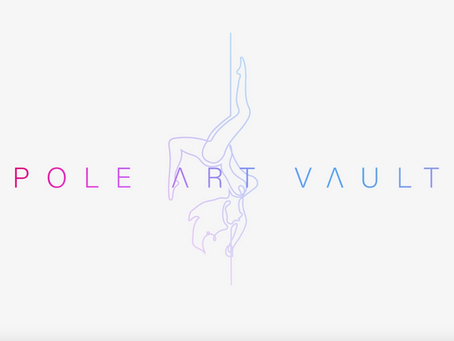Pole dancing is a form of exercise that incorporates elements of dance, acrobatics, and gymnastics on a vertical pole.
Although depending on the culture pole dancing can be associated with erotic dancing in gentleman’s clubs, in recent years it’s been popular as a mainstream form of fitness. Learning how to pole dance usually takes place at pole dancing studios, or sometimes in gym spaces or parts of athletic leisure facilities which also may incorporate aerial silks and hoops. Amateur and professional pole dancing competitions are also held in countries all over the world.
In countries like Russia and Japan, kids pole has been popularised in recent years, and there are classes solely dedicated to the parents and kids to bond in pole dancing classes. Pole dancing is also genderless – there is a common misconception that pole dancing is a female sport, but the truth is that there are a lot of male pole dancers!
A growing population of male pole dancers is incorporating pole dancing as part of their fitness programs, and there are some studios that even offer classes just for men. On top of that, male pole dancers usually excel even much faster than female dancers when it comes to endurance and strength. I’m jealous!
Pole dancing is a complete body workout and requires significant muscular endurance and coordination, and also sensuality in exotic dancing. It’s one of the best ways to develop strength, flexibility, and confidence – and do all that while having fun. I mean, there’s a reason why all these celebs like Kim Kardashian, Madonna, and of course the queen JLo in the recent movie The Hustlers have taken up pole dancing and mentions how great of a workout it is.
What I personally love about pole dancing is that it doesn’t feel like a workout, and it’s just simply fun. I still have yet to go to the gym as I absolutely hate mundane exercises and I get bored with things easily. But pole dancing achieves all the elements of going to the gym, without having to go to the gym. If you were to ask me – it’s an “ultimate no-work out workout”. Also, I love the fact that there are so many different types of dancing from exotic, contemporary, hip-hop, Latin – honestly, your choices of dance style and the music genre is unlimited when it comes to pole dancing!
Pole dancing has evolved into multiple different branches – the prevalent ones being pole sports, pole fitness, and pole art. They are all just different styles of sports or dance, incorporating the pole.
Since the mid-2000s, promoters of pole fitness competitions have been trying to change peoples’ perception of pole dance to include pole fitness as a non-sexual form of dance and acrobatics, and are trying to move pole into the Olympics as pole sports.
Pole sports was granted as a provisionally-recognized sport in 2017 by the umbrella organization of the Olympic and non-Olympic sports federations (Global Association of International Sports Federation or GAISF for short) which is a huge step to being recognized as an Olympic Sport.
GAISF mentions in an official statement that “Pole Sports requires great physical and mental exertion; strength and endurance are required to lift, hold, and spin the body. A high degree of flexibility is needed to contort, pose, demonstrate lines, and execute techniques.”
Pole dancing has come such a long way since the start, and I am extremely grateful for those that have contributed to creating the history and am proud to be a part of such a supportive community. I can’t wait to see what pole dancing’s future holds and for this art form to be normalised!

